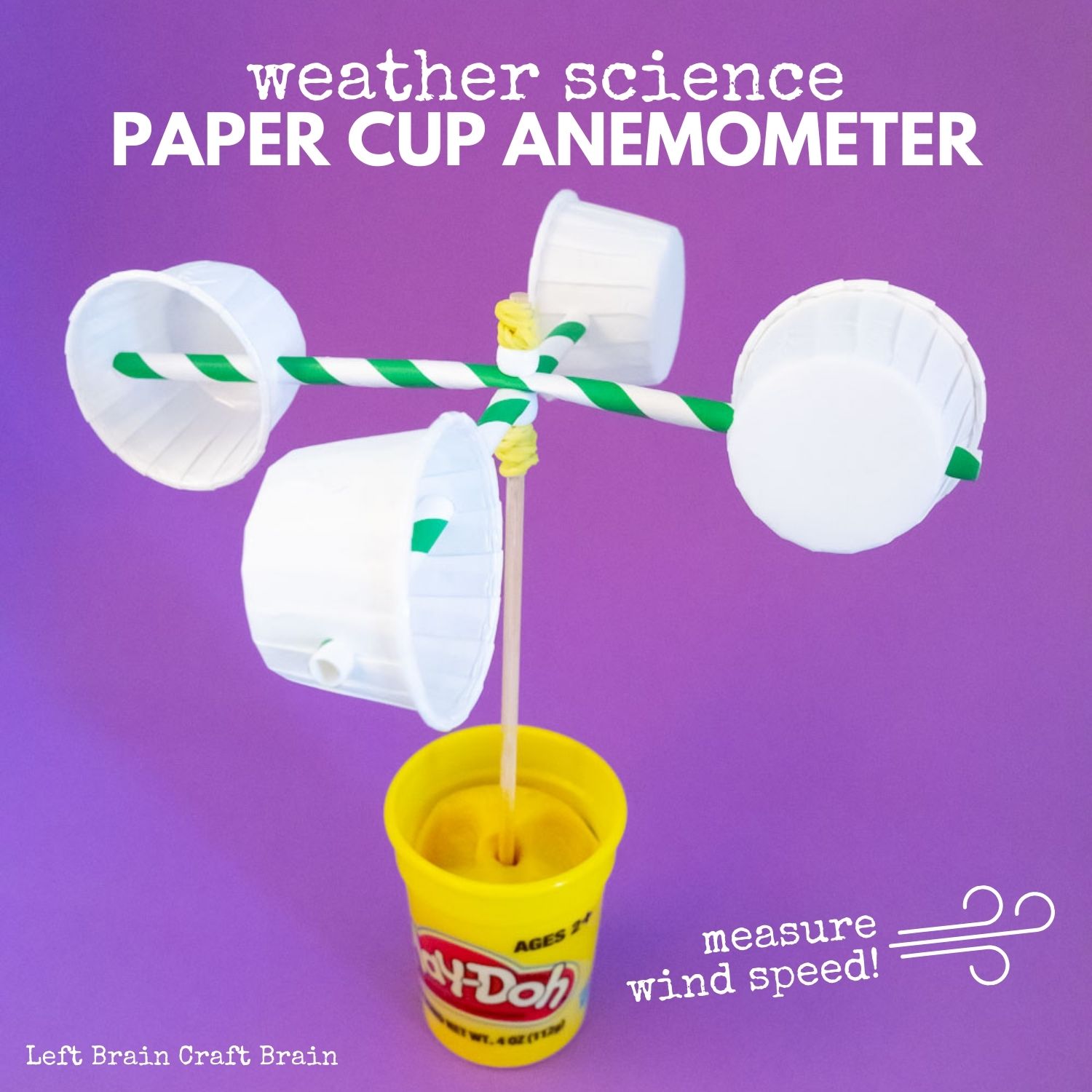How to Keep and Look After Your Anemometer to Make Certain Long Life
How to Keep and Look After Your Anemometer to Make Certain Long Life
Blog Article
Checking Out the Functions and Benefits of Anemometers for Weather Condition Lovers and Professionals
Anemometers stand as critical tools in the realm of weather condition monitoring, accommodating both fanatics and skilled specialists alike. These tools offer a home window right into the vibrant globe of wind patterns and rates, supplying very useful information for atmospheric evaluation and projecting. From mug anemometers to sonic anemometers, each kind brings its distinct set of applications and benefits, clarifying numerous aspects of weather. As we look into the features and benefits of anemometers, a deeper understanding arises not just of dominating weather sensations however likewise of the broader implications for industries like wind energy manufacturing and environmental study.
Value of Anemometers in Weather Condition Monitoring
Anemometers play an essential role in climate monitoring by offering exact dimensions of wind speed, helping in projecting and understanding climate patterns. These instruments, varying from standard mug anemometers to modern-day ultrasonic anemometers, are important for meteorologists, researchers, and climate enthusiasts alike.

Kinds Of Anemometers and Their Applications
With the critical role anemometers play in climate surveillance and forecasting, comprehending the different sorts of these tools and their applications comes to be necessary for specialists and lovers in the area. One of the most usual kinds of anemometers consist of cup anemometers, vane anemometers, hot-wire anemometers, and ultrasonic anemometers. Cup anemometers are composed of 3 or four mugs placed on straight arms that rotate with the wind, measuring its rate. Vane anemometers, on the other hand, use an openly rotating vane to align with the wind instructions, supplying both wind speed and instructions measurements. Hot-wire anemometers run based upon the concept of convective warm transfer, where the cooling effect of the air circulation is determined to identify wind rate. Ultrasonic anemometers utilize ultrasonic sound waves to determine wind speed and instructions accurately.
Cup anemometers are suitable and durable for basic climate monitoring, while vane anemometers are favored for directional measurements. Ultrasonic anemometers are non-intrusive and use high accuracy, commonly used in study and specialized climate monitoring applications.
Benefits of Utilizing Anemometers in Forecasting
In meteorology, the application of anemometers supplies invaluable advantages for boosting the accuracy of weather condition forecasting. Anemometers measure wind rate and instructions, supplying critical information for forecasting climate patterns. By including wind data into projecting versions, meteorologists can better comprehend the movement of weather systems, prepare for modifications in weather, and concern more precise forecasts.
In addition, anemometers play a crucial function in evaluating potential climate dangers. Keeping track of wind speeds aids forecasters anticipate severe climate events such as hurricanes, hurricanes, and winter months tornados with greater precision. This early warning system allows authorities to issue prompt informs and execute necessary safety and security steps, reducing the dangers to life and building.
In addition, anemometers help in optimizing renewable resource manufacturing. By examining wind patterns, meteorologists can identify appropriate areas for wind farms and anticipate power output, adding to the efficient generation of wind power.

Anemometers in Wind Power Manufacturing
Given the critical function anemometers play in supplying exact wind information for weather forecasting and danger analysis, their significance includes the world of wind power manufacturing. Anemometers are important instruments in the field of wind power, where the dimension of wind rate and instructions is essential for determining the expediency and efficiency of wind generator setups. By accurately gauging wind rates at varying heights, anemometers help enhance the placement and design of wind turbines to make the most of energy output.
In wind farms, anemometers are strategically placed to collect real-time wind information that is made use of to analyze the possible power manufacturing of a site. This data is important in figuring out the financial stability of wind power tasks and in forecasting energy generation learn the facts here now to guarantee grid stability. In addition, anemometers help in monitoring wind conditions to maximize turbine performance, prevent damage from high winds, and make sure the safety of workers operating in the vicinity of wind generators.
Enhancing Weather Condition Recognizing With Anemometers

Anemometers play a key duty in improving our understanding of microclimates. These local weather can differ considerably from more comprehensive local forecasts, making it vital to have precise information for specific locations. anemometer. By tactically putting anemometers in different locations, scientists can collect in-depth info on exactly how wind acts in various surfaces, metropolitan atmospheres, or bodies of water
Furthermore, anemometers contribute look these up to boosting weather condition forecasting models by providing real-time information on wind habits. This information is specifically useful for anticipating severe weather events, optimizing farming methods, and supporting sectors like aviation and maritime navigation. On straight from the source the whole, anemometers are very useful instruments that enable us to dig much deeper right into the complexities of weather systems, ultimately bring about even more better-informed choices and accurate forecasts.
Final Thought
In verdict, anemometers play an important duty in climate monitoring and forecasting by determining wind rate and instructions. Anemometers also have applications in wind energy manufacturing, further highlighting their importance in both weather forecasting and eco-friendly power sectors.
From cup anemometers to sonic anemometers, each type brings its special collection of applications and advantages, shedding light on different elements of climatic problems. These tools, varying from standard mug anemometers to modern ultrasonic anemometers, are vital for meteorologists, researchers, and weather condition lovers alike. The most typical kinds of anemometers consist of cup anemometers, vane anemometers, hot-wire anemometers, and ultrasonic anemometers. Cup anemometers are durable and appropriate for general weather condition tracking, while vane anemometers are favored for directional measurements. Anemometers are vital instruments in the area of wind energy, where the measurement of wind speed and direction is essential for identifying the expediency and efficiency of wind turbine installments.
Report this page